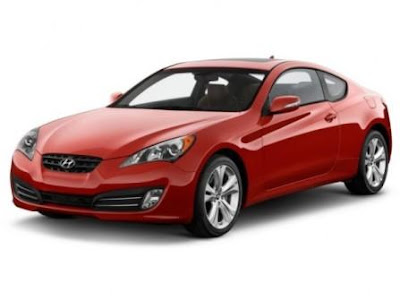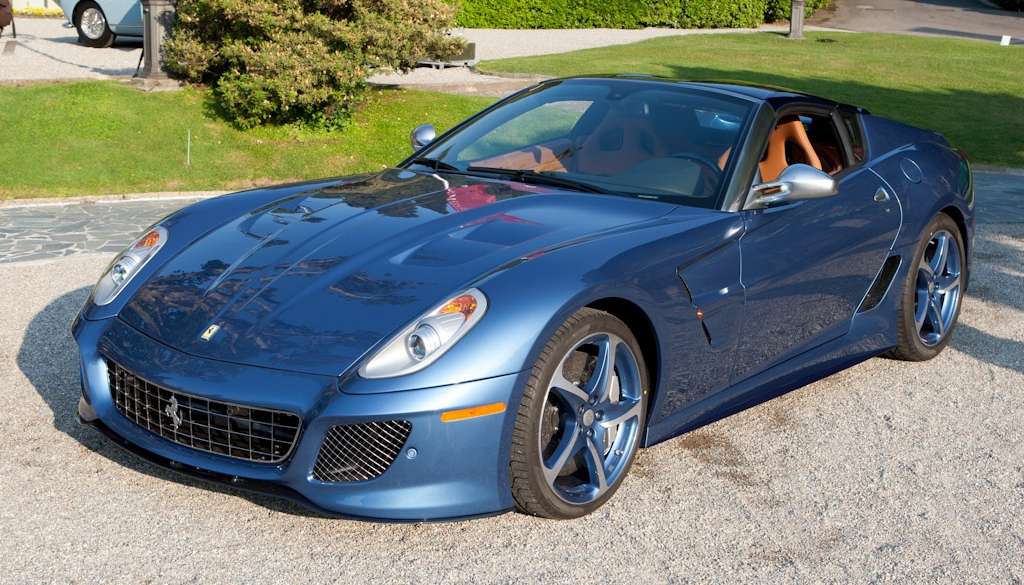
2011 BMW X3 Review
BMW's X3 compact SUV . It's also bigger (3.4 inches longer and 1.1 inches wider), better looking, and more fuel-efficient. The trade-off: The engine in the xDrive28i has less oomph (20 horsepower less) than the only engine offered in the outgoing X3.
The new X3 xDrive35i is relatively expensive, with a starting price of $41,925. It comes with a powerful 3.0-liter, 300-horsepower, turbocharged six-banger engine, however, that matches or bests the top horsepower rating of any of the X3's main competitors.
The X5's other rivals offer only seven- or six-speed automatics.
The mileage rating is exactly the same for the xDrive35i, except that highway mileage rises to 26 mpg.
Among the X3's main rivals, only the four-cylinder-powered Audi Q5 2.0T, with an average mileage rating of 22, does better. The Volvo XC60's mileage rating matches the X3's, but its average drops to 20 mpg with AWD and 19 mpg with a turbocharged engine. The Audi Q5 3.2 is rated to get 20 mpg, and the Mercedes GLK350 is rated to average only 18 mpg, whether with rear-wheel drive or AWD.
The 2011 BMW X3 has higher fuel economy ratings, more standard features and more interior space than previous models, making it an all-around stronger contender.
For the 2011 model year, BMW has taken the luxury compact X3 back to the drawing board and returned with a SUV that the industry admires. “The original BMW X3 ‘Sport Activity Vehicle’ debuted in 2004, and was one of the pioneers of the luxury small crossover craze, influencing brands like Acura, Infiniti and Mercedes-Benz to follow in their footsteps. Here's the good news: That all changes with the 2011 BMW X3.
Other Compact SUVs to Consider
Instead it offers rear-wheel drive with an all-wheel drive option. The result, reviewers say, is that the EX is extremely fun to drive. Reviewers like the Q5’s car-like ride and handling, as well as its luxurious interior.
Details: BMW X3
All-wheel drive is standard on both trims. The 2011 model is bigger than the outgoing model, and has a new suspension and transmission, more passenger room and more cargo space.
The 2011 BMW X3 has been fully redesigned. Highlights include an optional turbocharged engine, a standard eight-speed automatic transmission, crisper exterior styling, revised suspension tuning and an updated interior design with the latest iDrive electronics interface.
Thankfully, BMW softened the suspension and upped the power in successive years. An optional adaptive suspension allows the driver to select from three different modes calibrating suspension, throttle, transmission and stability control settings.
The xDrive28i ostensibly replaces last year's xDrive30i, and offers slightly less power, but also a slimmer entry fee. Both models get a new eight-speed transmission, which rows through gears in a quiet fury to reach cruising speed. Overall, BMW's refinements make the X3 a prime contender in the small luxury crossover SUV segment.
Body Styles, Trim Levels, and Options
The 2011 BMW X3 is a five-passenger compact luxury crossover SUV available in two trim levels: the xDrive28i and the xDrive35i.
Standard features on the 28i include 17-inch alloy wheels, automatic headlights, foglights, rain-sensing windshield wipers, eight-way power front seats, a tilt-and-telescoping leather-wrapped steering wheel, leatherette (premium vinyl) upholstery, automatic climate control, cruise control, Bluetooth, BMW's iDrive electronics interface and a 12-speaker audio system with a CD player, HD radio, an auxiliary audio jack and an iPod interface.
The Sport Activity package varies slightly for each model, but includes 18-inch wheels, sport front seats, roof rails and a sport transmission with paddle shifters. The Technology package offers a rearview camera with top view, front and rear parking sensors, Bluetooth streaming audio and a hard-drive-based navigation system with voice commands and real-time traffic. Opting for the Dynamic Handling package gets you adaptive suspension dampers, variable-ratio steering and three driver-selectable drive modes. A Cold Weather package adds heated front and rear seats and a heated steering wheel.
A 3.0-liter inline-6 engine powers both 2011 BMW X3 models. BMW estimates the x35i's fuel economy at 19 mpg city/26 mpg highway.
Standard safety equipment includes antilock disc brakes, automatic brake drying (useful in rainy weather), front airbags, front-seat side airbags, full-length side curtain airbags, active front-seat head restraints, stability control, and hill descent control. In Edmunds testing, the xDrive35i stopped from 60 mph in a short 116 feet.
















































